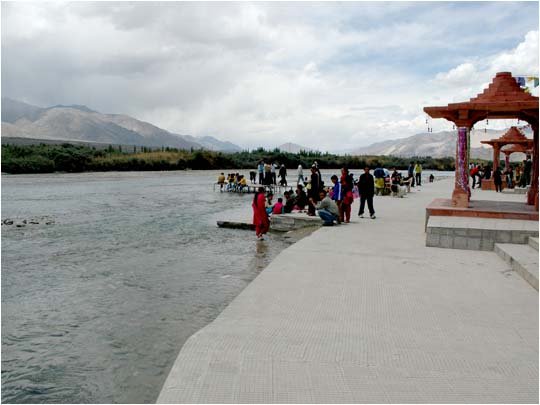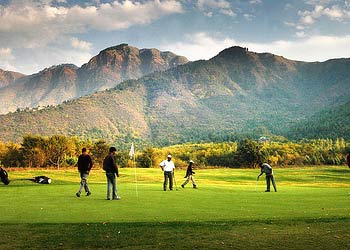Feb 2 is observed as the World Wetlands Day; marking the Ramsar Convention, held on this day in 1971 in the Iranian city of Ramsar on the shores of the Caspian Sea.
The convention on wetlands is an intergovernmental treaty that embodies the commitments of its member countries to maintain the ecological character of their Wetlands of International Importance and to plan for the “wise use”, or sustainable use, of all of the wetlands in their territories…
India is a member country, but in Kashmir, which has at least two of the country’s Ramsar wetland sites…
Kainaat Mushtaq
SRINAGAR: Even the sounds of bomb explosions and booming guns did not shoo them away.
Every year, at the onset of autumn, flocks and flocks of honking, squawking species of waterfowl, duck and geese would migrate from Central Asia and northern Europe to Kashmir after flying over some of the world’s highest mountains.
But now, ornithologists say, fast shrinking wetlands of the region are driving these migratory birds away.
“Negligence of the authorities, excessive siltation and rampant encroachments (on natural wetlands) by villagers have reduced these aquatic habitats to mere water holes, leaving no space for our guest birds,” Ajaz Bhat an ornithologist says.
The first group of these birds arrive in August, when Garganeys, a species of small duck, come to Kashmir. The last to arrive are the Mallards, wild ducks that fly in from Siberia.
“Overall 22 species were regularly coming to the valley in winter. Today, the winter tally of species has declined to just 14,” Bhat says.
In the valley the birds inhabited 16 swamps and wetlands at altitudes ranging from 1,583 to 1,635 metres (5,192-5,363 feet). Most of the wetland reserves are situated on a 45-km (28-mile) stretch near Wular Lake, some 50 km (30 miles) from Srinagar in northern Kashmir on the banks of the river Jhelum, which cuts across the valley.
“Our wetland reserves have now shrunk to such an extent that these cannot fully accommodate immigrant flocks,” said a senior wildlife official. “That is why some of the birds bypass the valley and others have stopped winter stays in Kashmir.”
“According to our survey, in a few reserves, over one-fourth of the entire population of the immigrant flocks has abandoned their winter stay,” official added.
‘Ramsar site Shrinking’
The Hygam wetland reserve, 45 km (28 miles) north of Srinagar, is totally gone. “In 1988, Hygam’s wintering geese population was 40,000. Now only 200 to 500 geese frequent the reserve,” Mohammad Ramzan, a bird lover here says.
Exotic birds like whooper swans, curlews, sandhill cranes, barheaded geese and purple coots don’t come to these wetlands anymore, the ornithologist Bhat said.
“They fly to the remote Ladakh plateau instead,” he added.
Hokersar, Kashmir’s most famous wetland reserve and one among the 25 Ramsar sites in India, was once home to up to 300,000 birds during mid-Novembers, when mists enshroud the snowy Pir Panjal mountain range nearby.
According to a recent survey, the number of birds in this reserve has also declined. “We could not prove good hosts for these birds. We are losing our traditional heritage,” says Rajiv Singh, a bird-watcher.
The state Wild Life Department has taken steps to educate people living near sanctuaries and wetland reserves on the importance of saving the reserves, a department spokesman said.
“There are chances of revival of these wetland reserves,” he added.
Recommended: Wildlife says wakes up to save Kashmir’s shrinking wetlands
But others, like the bird watcher Rajiv Singh, believe that things may never be the same again.
“I still miss the honking and callings of greylags in unison. Who knows it may never come back to our valley again,” he says.
(This is a reproduced version of a story published earlier)










